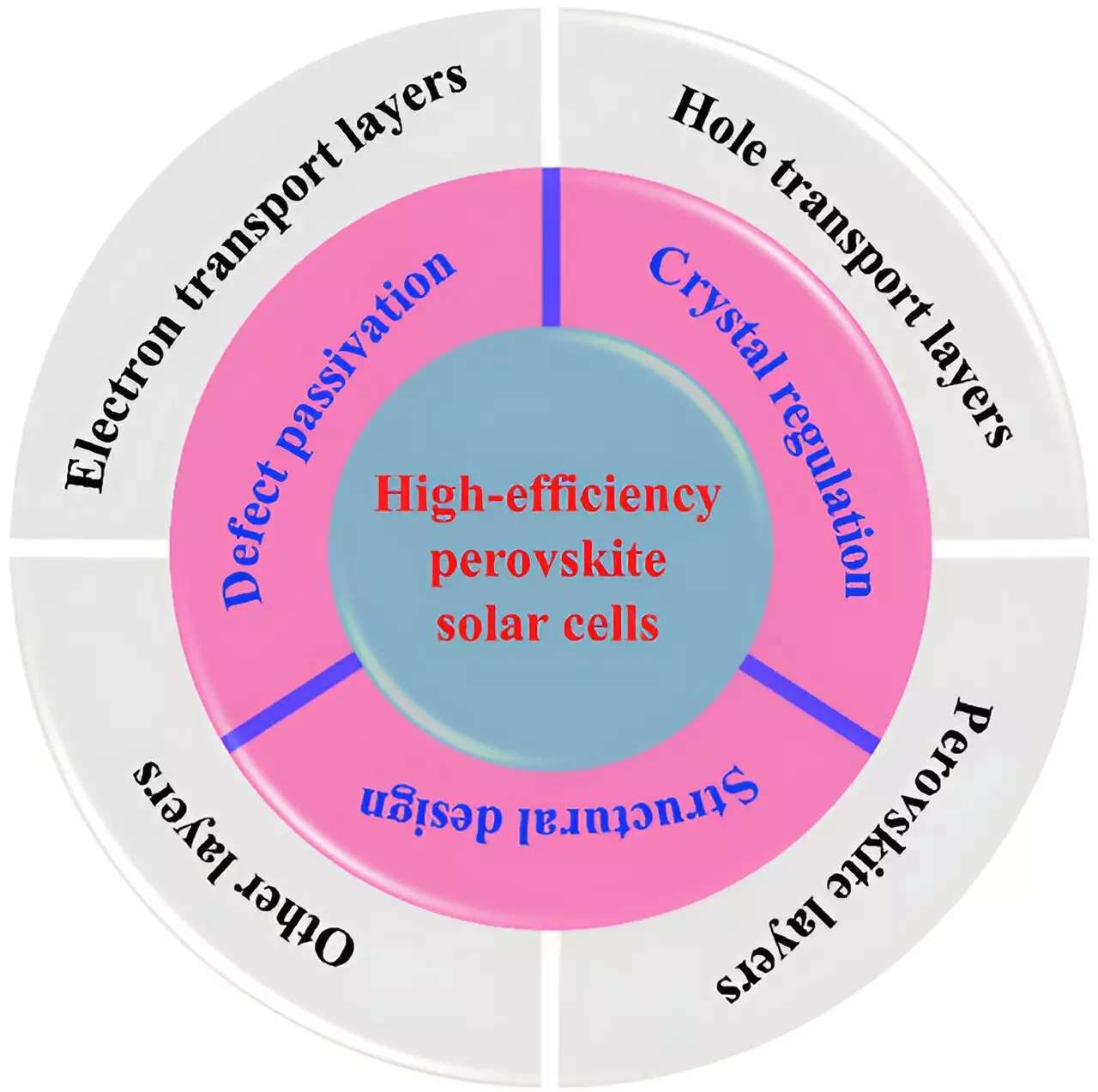Solar energy has long been hailed as a promising renewable energy source with the potential to revolutionize the way we produce electricity. However, the efficiency of traditional commercial solar panels has been limited to around 15% to 20%, leaving much room for improvement. Researchers at Soochow University have been working on the next generation of solar cells, specifically high-efficiency perovskite solar cells, which have already demonstrated an impressive 26.1% efficiency. In this article, we will explore the current state of research on high-efficiency perovskite solar cells and the potential they hold for the future of solar energy.
Metal halide perovskite solar cells are a new type of high-performance solar cell that offer a range of benefits over traditional silicon-based solar cells. These solar cells utilize a calcium titanium oxide-like organic material as a light-absorbing semiconductor to capture sunlight and convert it into energy. With efficiency levels exceeding 26% in laboratory conditions, perovskite solar cells have the potential to significantly increase the efficiency of solar energy generation. Not only are they cost-effective, using relatively inexpensive materials and simple manufacturing processes, but they are also flexible and can be made on a variety of substrates, enabling the development of lightweight and flexible photovoltaic devices.
While perovskite solar cells show great promise, there are still challenges to overcome in order to make them a viable option for commercial and industrial applications. One of the main challenges is improving efficiency levels beyond the current 26% mark. Researcher Fengren Cao highlighted the importance of crystal regulation, interface passivation, and structural design of component layers as effective strategies for enhancing efficiency. By addressing preparation process-induced defects and optimizing the band structure of the solar cells, researchers believe they can push the efficiency limits even further.
Future Directions and Commercialization
Cao also mentioned the potential of combining different types of solar cells to create “tandem solar cells” that could work together to maximize efficiency. Additionally, optimizing fabrication methods for larger components will be crucial to achieving the same efficiencies as small-scale production. The ultimate goal is to commercialize and industrialize perovskite solar cells, making them a widely adopted technology for solar energy generation in the future. By addressing challenges such as defect tolerance and stability issues, researchers hope to pave the way for a more sustainable and efficient future powered by solar energy.
The development of high-efficiency perovskite solar cells represents a significant advancement in the field of solar energy. With the potential to surpass the efficiency limits of traditional solar panels and offer a cost-effective and flexible alternative, perovskite solar cells could play a crucial role in the transition to renewable energy sources. Continued research and innovation in this area will be key to unlocking the full potential of perovskite solar cells and making them a mainstream technology in the future.


Leave a Reply